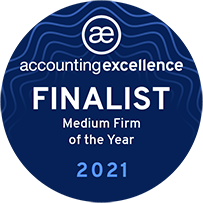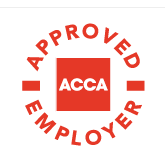Dependent Relative Relief
‘Dependent relative’ is defined as any relative who is unable to look after himself or herself.
Dependent relative relief only applies on a property used by the relative before 5 April 1988, providing that this was the main residence of the relative.
Should there have been a change of occupant after 5 April 1988 the exemption is not allowed for the period after the change, to the date of sale, even if the new occupant is another dependent relative.
You are therefore eligible for the full relief if all of the following conditions are met:
- the ‘dwelling house’ has been your dependent relatives ‘only’ or ‘main residence’ throughout the ‘period of ownership’
- The dependent relative has not been absent, other than for an allowed period of absence or due to living in ‘job-related accommodation’, during your ‘period of ownership’
- The ‘garden or grounds’ including the buildings on them are not greater than the ‘permitted area’
- No part of your home has been used exclusively for business purposes during your period of ownership.
If all of the conditions above have been met, you do not need to pay capital gains tax on the disposal of the property.
Please see the example below
- ‘Betty’ acquired a dwelling building in June 1982, this property was then sold in December 1988, realising a gain of £60,000 before any relief has applied.
- The house was provided rent-free to her mother from 1982, until she, unfortunately, passed in October 1985.
Calculated as follows:
Period of qualifying ownership (In months)/ Total months owned * Gain = Relief due
(76 months/ 78 months) * £60,000 = £58,461.54
The chargeable gain is, therefore, £1,538.46
Info Box:
Period of sole residence of dependent relative:
June 1982 – October 1985 = 40 months
Final period allowed under private residence relief rules: 36 months.
Total ownership: June 1982 – December 1988 = 78 months
Need help or advice on Dependent relative relief?
Contact








